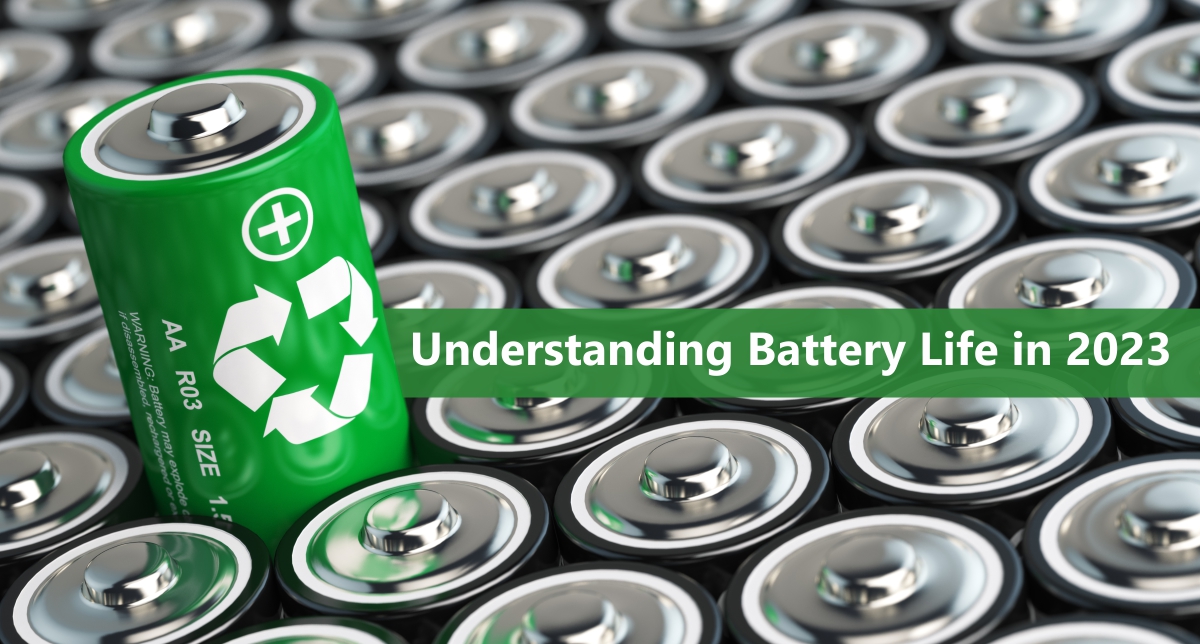Lithium-Ion rechargeable batteries have been used for years now, but the dynamics behind their power source are still not properly understood. The battery delivers energy until it quits from exhaustion and old age. A portable system works well when the batteries are new but confidence drops after the first packs need replacing due to capacity fade. Battery management mandates that all batteries in a fleet are kept at an acceptable capacity level. Packs that fall below a given threshold must be replaced to keep system integrity. Battery failure occurs most often on a heavy traffic day or in an emergency when more than normal service is demanded.

Lorem ipsum dolor sit amet, nec in adipiscing purus luctus, urna pellentesque fringilla vel, non sed arcu integer, mauris ullamcorper ante ut non torquent.
Batteries exhibit human-like qualities and need good nutrition. Care begins by operating at room temperate and discharging them at a moderate current. There is some truth as to why batteries cared for by an individual user outperform those in a fleet; studies can back this up.
The capacity a battery can hold diminishes with age and the charge time shortens with nickel-based batteries and in part also with lead acid, but not necessarily with Li-ion. A lower charge transfer capability that inhibits the flow of free electrons prolongs the charge time with aged Li-ion.
Charge And Discharge Cycles: Breaking Things Down
At its core, a “charge/discharge cycle” is exactly what it sounds like – a situation where the energy in a battery is discharged before subsequently being charged back up again.
It’s important to note that rarely does this ever mean taking a battery from 100% capacity to 0% and back again. Instead, most manufacturers use an 80% DoD (depth of discharge) formula for a battery’s overall rating. This means that roughly 80% of the available energy in a battery is delivered, while about 20% remains in reserve. Using this technique is an efficient way to increase a battery’s overall service life, prolonging its lifespan significantly in many applications.
The expected charge and discharge cycles for a battery depend less on the battery chemistry and more on the overall capacity of the battery itself. The only real difference has to do with when a full charge must be applied.
For lead acid batteries, for example, a full charge should be applied every few weeks (or at least every few months) because a constant low charge will ultimately cause sulfation and damage to the unit. With nickel-based batteries, a partial charge is totally acceptable. With lithium-ion batteries, a partial charge is better than a full charge because of the implications it brings with it for the long-term health of the battery.
End Of Life in batteries
The end of life for a battery is exactly that – the moment when the battery reaches the end of its usefulness and/or lifespan and can no longer operate anywhere close to the peak capacity that you once enjoyed.
The end of life for a battery will be determined in one of three different ways depending on the product’s manufacturer.
Cycle life: This refers to the total number of times that a battery can be charged and discharged, as outlined above. Manufacturers will typically include the recommended cycle life on the product’s packaging or in other documentation available at the time of purchase.
Warrantied life: This will usually be outlined in a specific number of years, like any other product that you may have. A battery with a 10-year life under warranty is typically expected to reach true end of life by roughly that time.
Total energy: This is the total amount of energy that will pass through the battery over the course of its lifespan and this will usually be measured in megawatt-hours.
Occasionally, manufacturers will reference end of life using a measurement called expected operational life. If this is present, it will usually be somewhat longer than the “warrantied life” measurement. At that point, your battery will no longer be covered under any type of manufacturer’s warranty, but it will still continue to function until about the time that the listed number of years has passed.
Battery manufacturers are aware of performance loss over time, and there is a deliberate silence on battery aging caused by capacity fade. Runtimes are always estimated with a perfect battery delivering 100 percent capacity. This is a momentary condition that only applies when the battery is new. While a dropped call because of a dying mobile phone battery only causes mild inconvenience, a power loss in a medical or military device can be devastating.
Batteries should receive the same treatment as a critical part in an aircraft, medical device, or industrial machine where the wear and tear fall under strict maintenance guidelines. Authorities struggle to implement such guidelines and for good reasons.
Generally accepted test procedures have not yet been established for batteries, and even auditors doing quality control shy away from such ruling and only examine the outer appearance; state-of-health is mostly ignored. This allows faded batteries to hide comfortably among their stronger peers. The omission is in part connected to a lack of battery test devices that can reliably assess a battery on the fly.










Your Comment Please